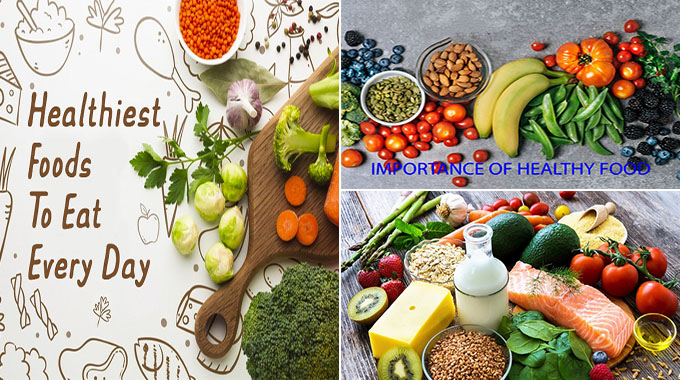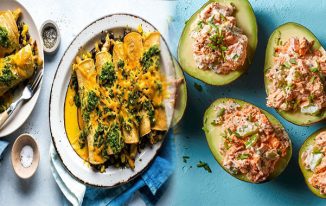Eating healthy is about more than eating a salad. It’s about ensuring that you eat nutrient-rich foods that are available to the majority of people and versatile in preparation. By choosing to eat these foods, you’ll be promoting good health and prevent future ailments. These foods are delicious, diverse, and readily available to everyone. Let’s take a closer look at some of the best options.
Fruits
Many people don’t eat enough fruits. But you don’t have to eat a whole bunch of them each day – just a few pieces a day can help. It’s important to make sure your child gets a balanced serving of fruits each day. There are several ways you can incorporate fruit into your children’s daily diet. Cooking with fruits can be a fun way to sneak in more of these foods. Try slicing, poaching, or baking them into muffins or toast.
Consuming fruit regularly can reduce your risk for several chronic diseases, including heart disease. According to a 2003 study, consuming a variety of fruit regularly may lower your risk of developing cardiovascular disease, the number one killer in the US. Other research suggests eating a variety of fruits and vegetables can help control blood pressure, prevent certain cancers, and stave off dementia. You can find more information about the benefits of eating fruits in the Food Group Gallery.
Lean meats
Eating lean meat is a great way to cut your saturated fat intake and decrease your risk of developing chronic diseases. Look for 90% lean meat or more when purchasing beef or poultry. Research has also shown that grass-fed meat has better fatty acid profiles and phytochemicals than conventionally raised meat. Organic meat is also a healthier choice for you since it contains beneficial levels of omega-3. When preparing lean meat, bake it or broil it instead of frying it.
Many of the nutrients found in lean meat can also be found in legumes. These foods are classified into the legumes/beans and meat food groups. Legumes are important for a vegetarian or vegan diet. You can eat beans, lentils, chickpeas, split peas, tofu, and nuts and seeds. If you’re vegan, you can replace your meat with legumes instead.
Whole grains
Eating whole grains everyday has numerous benefits. They are high in fiber and contain nutrients that fight against many diseases. They have been proven to reduce the risk of heart disease, Type 2 diabetes, and even cancer. Whole grains can also help lower the risk of weight gain, which is a factor in many chronic illnesses. They are a great source of energy. Here are some tips on how to incorporate whole grains into your daily diet.
Try substituting whole grains for white rice in dishes. Instead of preparing plain white rice, cook whole grains in water, then add it to your meal. Add them to stews, soups, and casseroles. You can also mix them into meat and poultry dishes to add bulk to them. Whole grains are also versatile and can be used as a side dish or as the basis for your meals. Whole grains also contain beneficial antioxidants that can help fight cancer. According to MyPlate, you should aim to eat at least half of your daily grains. Find common one-ounce equivalents of whole grains for reference.
Yogurt
If you’re trying to lose weight and feel healthier, you might want to add a serving of yogurt to your daily menu. Yogurt has a high nutritional value and can be prepared in a variety of ways. In fact, many people make their own yogurt at home and add different fruits to it. While many people opt for store-bought yogurt, there are healthier options that you can make yourself.
In addition to its high-protein content, yogurt also contains probiotics, which aid digestion and promote better overall health. It can be enjoyed in a variety of forms, and it pairs well with many other ingredients. In addition to being a delicious snack, yogurt can help you lose weight and keep a trim waist. However, it’s important to avoid flavored yogurt, which is loaded with sugar, and instead opt for natural yogurt.














